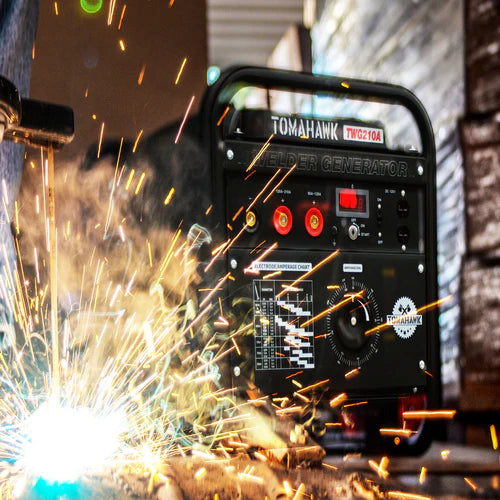Welder generators are machines that are capable of producing both DC (direct current) and AC (alternating current) power. DC and AC power are two different forms of electrical energy, and each has its own unique characteristics and applications in welding.
Direct Current (DC) Power :
DC power is a type of electrical energy that flows in only one direction. In welder generators, DC power is often used for welding applications because it provides a constant voltage and amperage. DC welding is ideal for welding metals with thicker sections and for welding in outdoor environments.
The main advantage of using DC power for welding is that it produces a more stable and consistent arc, which results in better penetration and cleaner welds. DC power is also more efficient than AC power, and it requires less maintenance because it has fewer components than AC power systems.
Alternating Current (AC) Power:
AC power is a type of electrical energy that changes direction periodically, usually at a rate of 60 cycles per second in the United States. AC power is commonly used in welding for lighter metals and thinner sections, and it is well-suited for indoor welding applications.
One of the advantages of using AC power for welding is that it produces a softer arc that is easier to control, making it better suited for welding thinner materials. However, AC power is less efficient than DC power and requires more maintenance due to its more complex electrical system.
The main difference between DC power and AC power in welder generators lies in their characteristics and applications. DC power is more stable and efficient, making it ideal for outdoor welding applications and thicker metal sections. AC power, on the other hand, is better suited for indoor welding and thinner materials due to its softer arc and ease of control. Ultimately, the choice between DC and AC power in welder generators depends on the specific welding application and the materials being welded.










